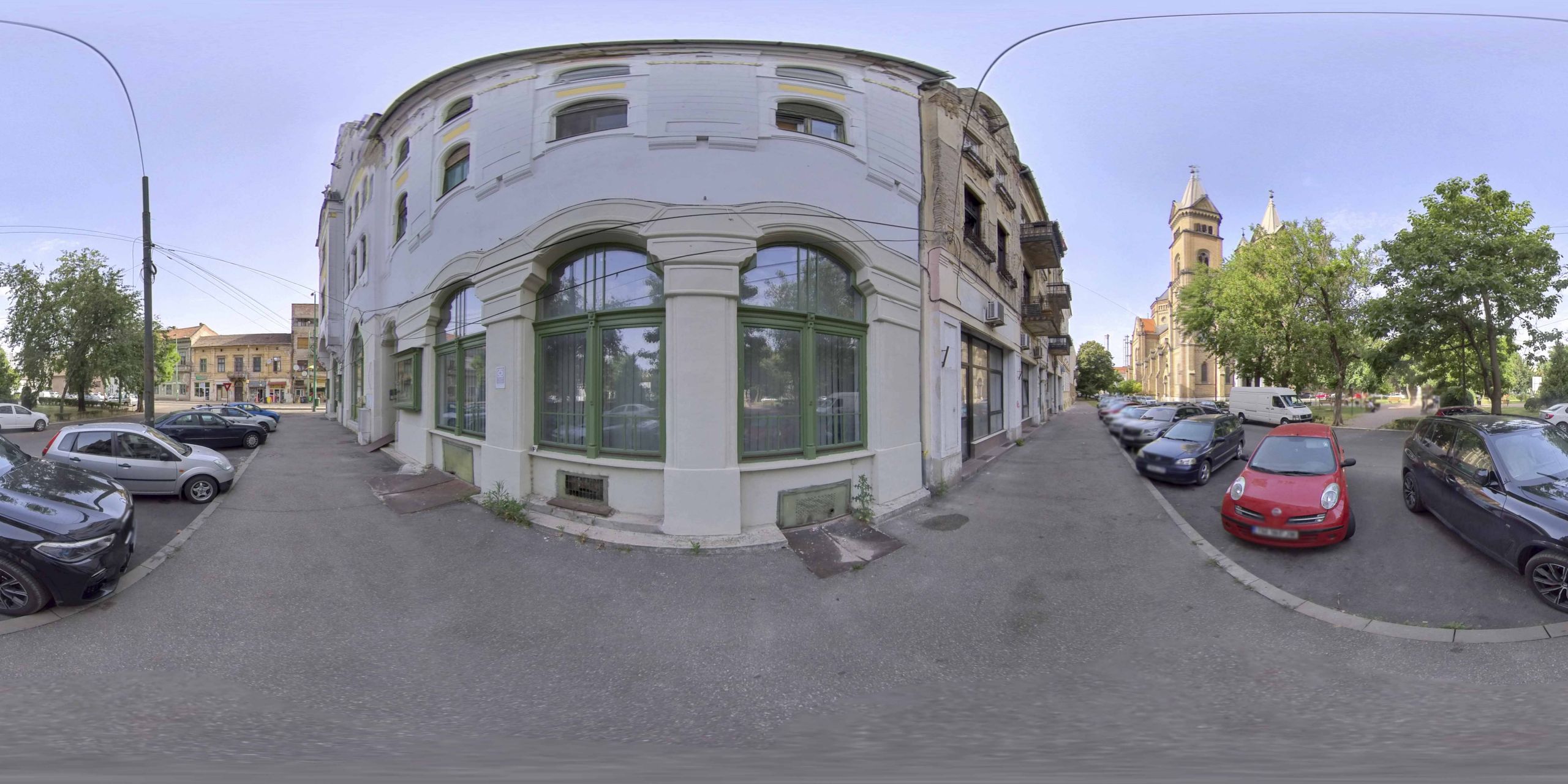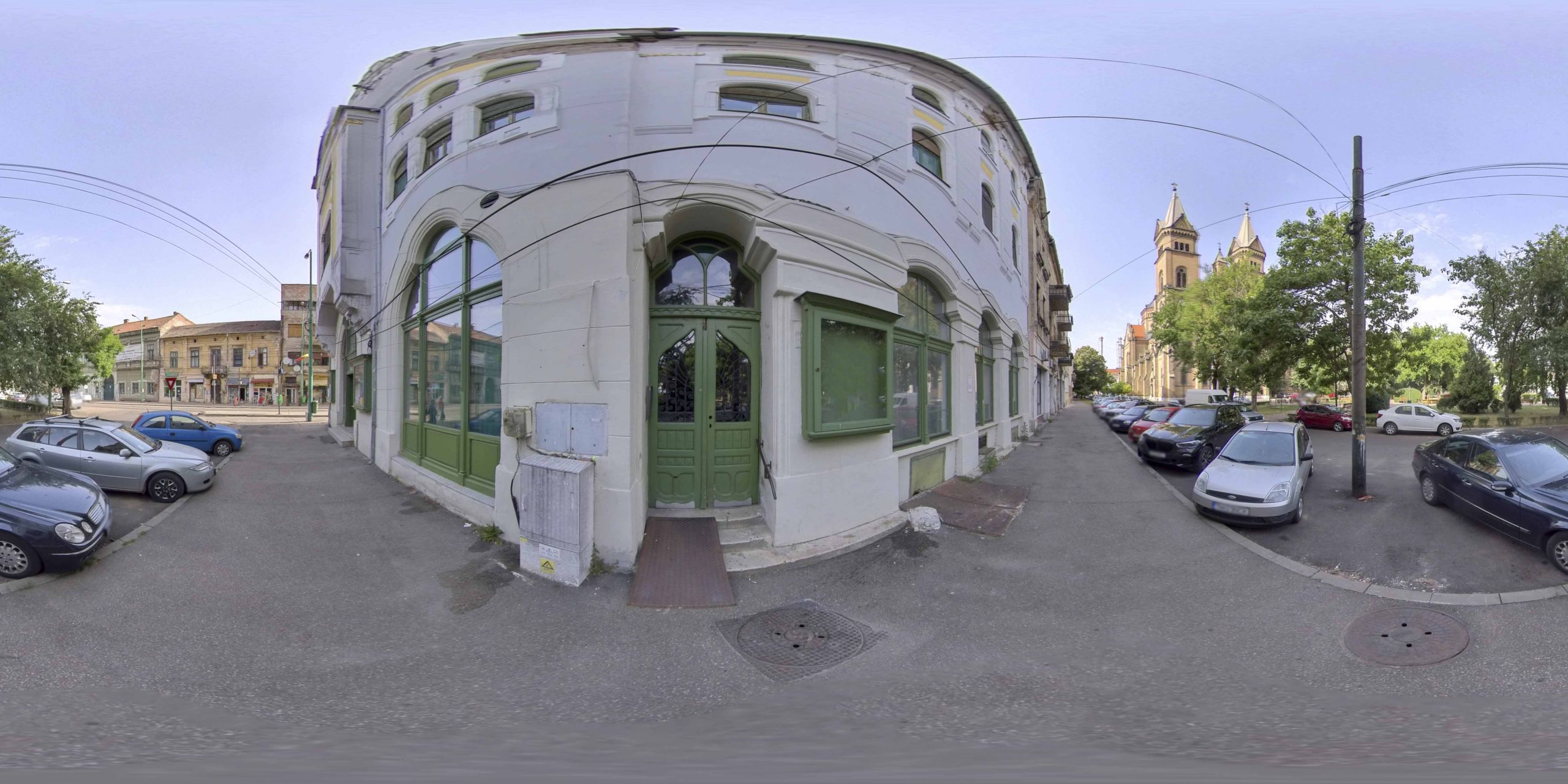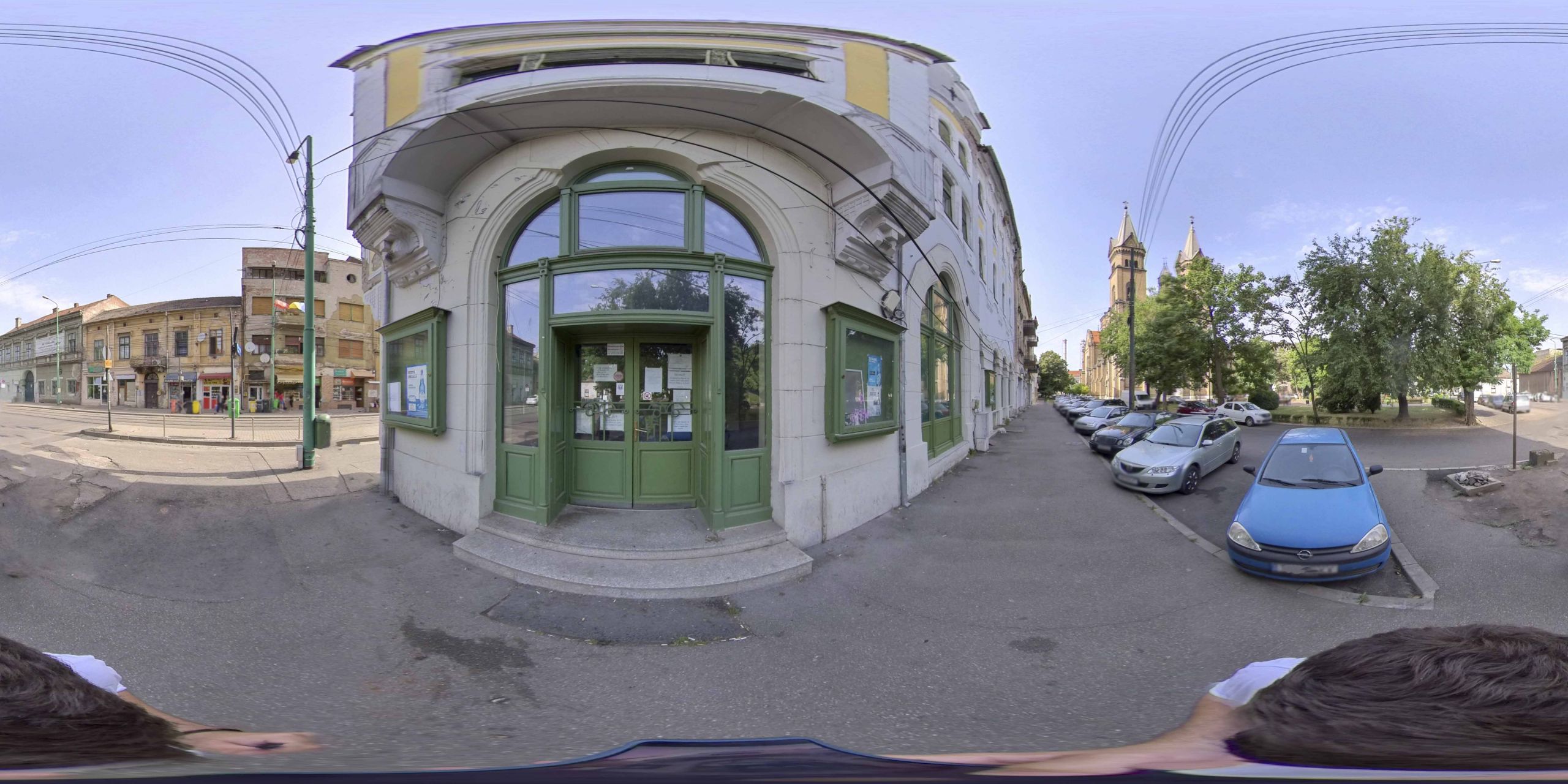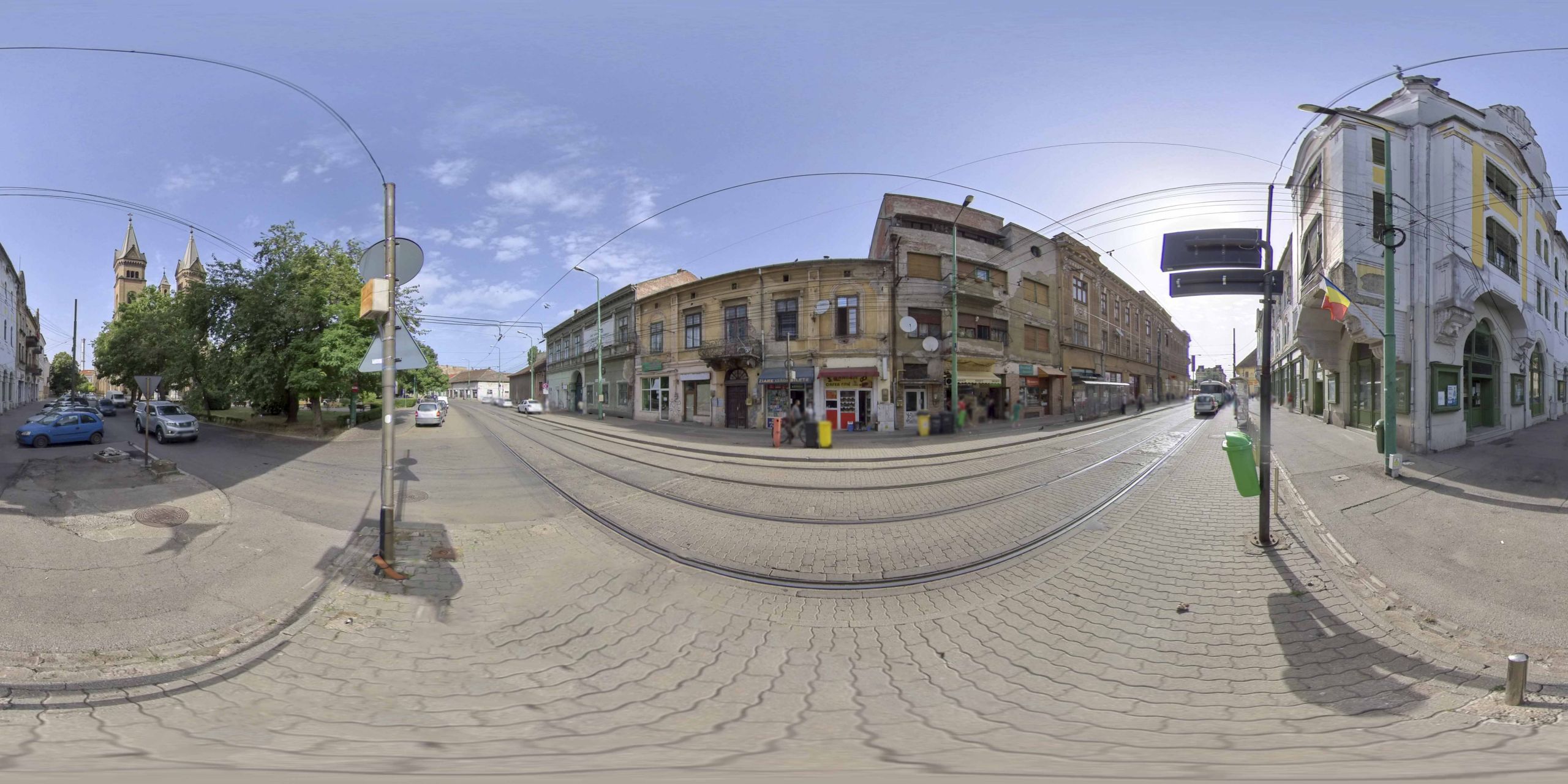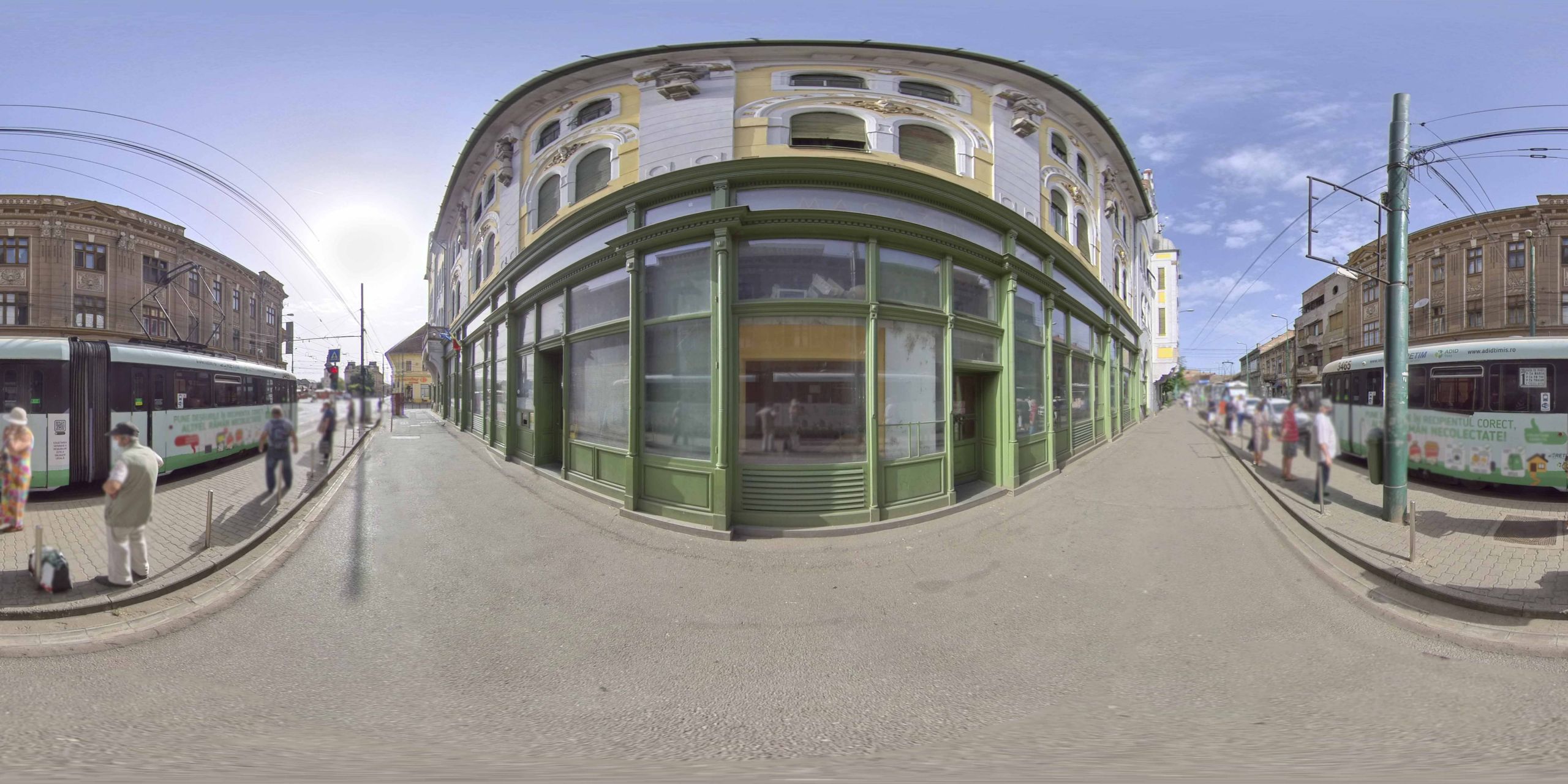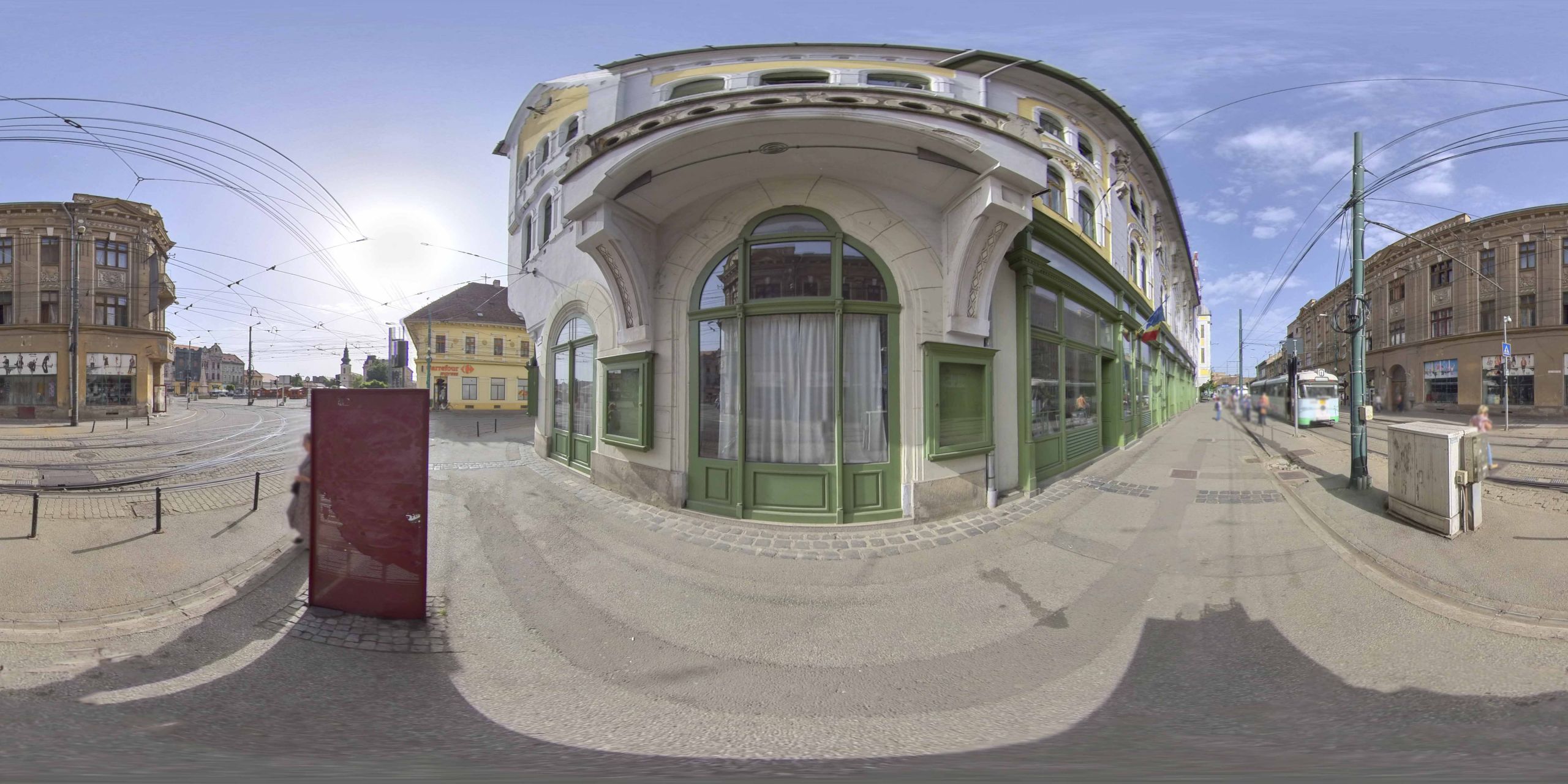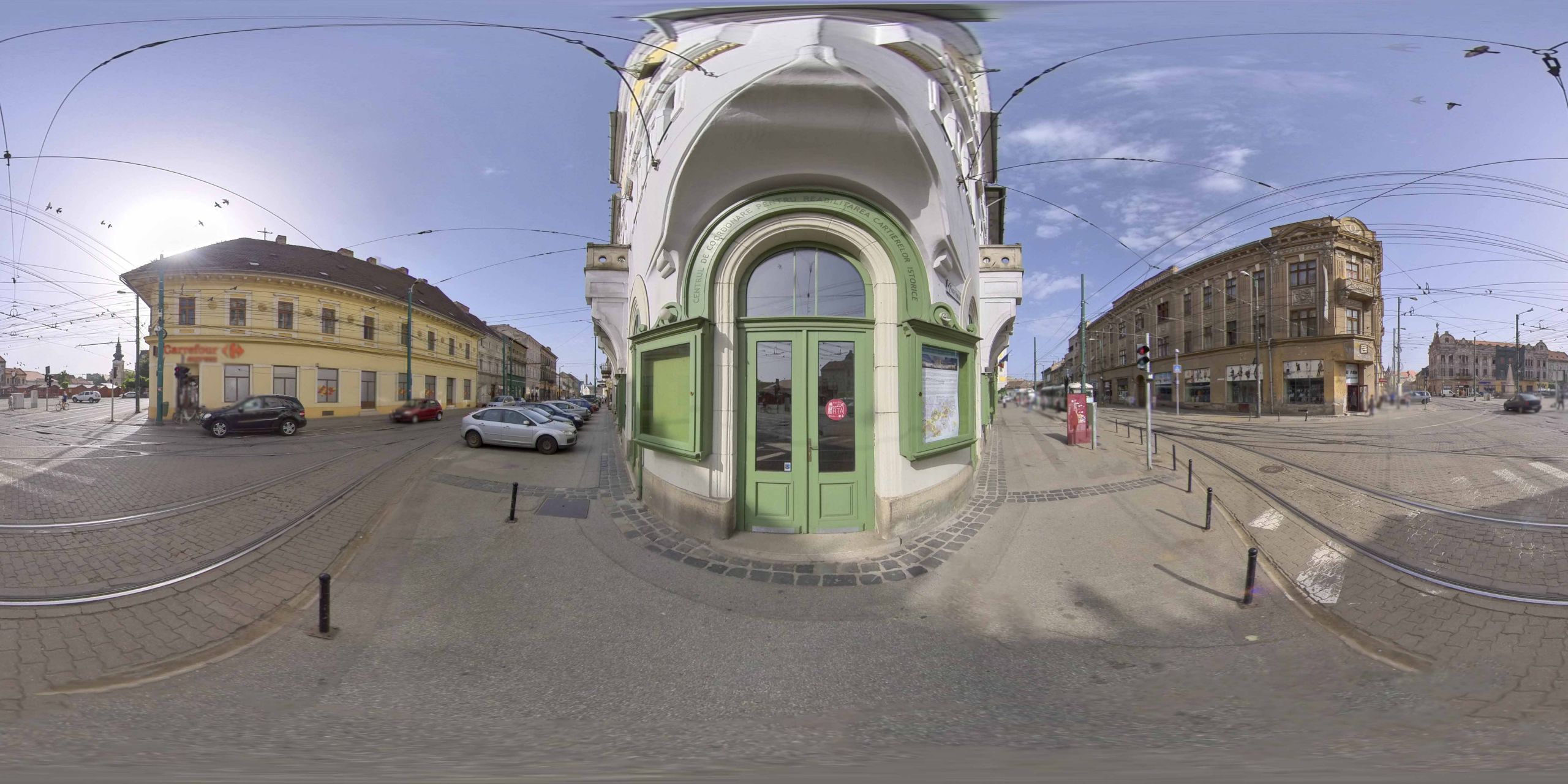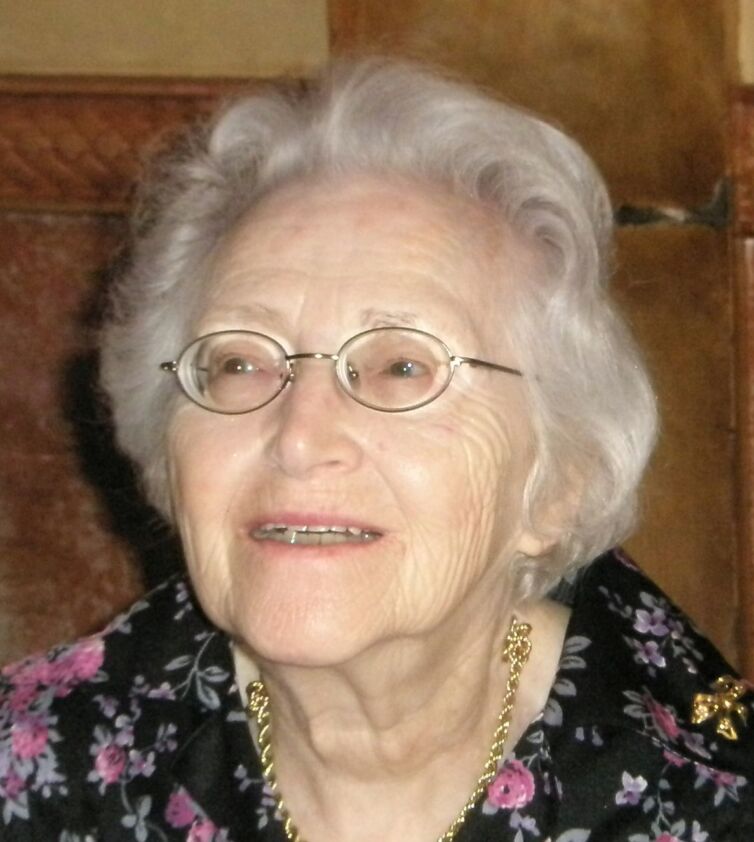Șstefania Palace, Romanilor Square no. 1 - Ștefan cel Mare street no. 2
Ștefania Palace, the former "Town Hall", named after 1918 after the wife of Rudolf Totis, the owner of the building in the interwar period. It was built by the senior entrepreneur Josef Kremmer according to the plans of the architect László Székely in the years 1908-1909, in the style of the 1900s (Secession).
Listen to the audio version.
Ștefania Palace, the former ''Report House of the Municipality'' (Roman Square no. 1 - str. Ștefan cel Mare no. 2), named from 1918 after the wife name of Rudolf Totis, the owner of the building during the interwar period. It was built by the senior entrepreneur Josef Kremmer according to the plans of the architect Székely László in the years 1908-1909, in the style of the 1900s (Secession). The building was restored and attic according to the project of the architects' Hortensia Botescu and Mihai Botescau in the period 2000-2002.
The Roman Square was built on the land of the Esplanade, the plain "non aedificandi" on which it was forbidden to build until 1868. In that year the Esplanade around the fortress was reduced from 948 meters to 569 meters (300 meters).
After 1868, buildings were built on the east side of the current square, in 1876 the built pediment was completely closed. The Miksa Róna palacestands out: the Roman Square no. 2 - str. Ștefan cel Mare no. 4, architect Henrik Telkes, in the style of the 1900s, a building permit issued on September 26, 1911, completion of works in 1912.
An important factor in the development of Roman Square was the presence of the horse-drawn tram line, which connected the Fabric neighborhood with the Cetate neighborhood since 1869. The tram line crossed this square, the tram station being in the middle of the square.
On the southern side was built the "establishment" of electricity supply to the city. After 1890, the first three houses were built on the west side (towards the Cetate) of the Roman Square. On the north side is the place "To the Queen of England", the building where the painter Oskar Szuhanek lived, and the house of Dr. Samuel Kohn (bd. 3 August no. 31, designed by architect Albert Krausz, permission construction February 26, 1935).
Bibliography:
Mihai Opriș, Mihai Botescu, Historical Architecture from Timișoara, Tempus Publishing House, Timișoara, 2014
The Ștefania Palace and The Roman Square
Stories about Timișoara in the past with Francisc Valkay
Listen to the audio version.
Between the two wars in Timişoara, as far as I can remember, especially in the 1920s and early 1930s, many Jewish families had governesses for their children. The wealthier and more demanding families would bring governesses from Austria or Germany. Fräulein, as we called her, stayed with us until the summer of 1927, in September we started school. She went to another family, but from time to time she came to visit us. The 1920s were calm years, the men's shop was doing well, they were able to buy the house near Totis Palace (where my father's shop was), the house on Ștefan cel Mare 4 Street. At that time, most merchants here in Fabric were Jews, with shops in the same Totis Palace: Schwartz boot shop, Krausz small items shop, Denes textile shop, Spierer perfumery and a Bank of Timişoara branch at the corner with Stephen the Great (the premises were in St. George Square, owner Sigismund Szana).
My father used to go to the store at 8 o'clock in the morning, and my mother later. There were two other Jewish salesmen in the shop, who knew how to serve the customer in several languages (Romanian, Hungarian, German and a little Serbian). In the back was a tailor who came twice a week to fit the clothes for the customers when needed. The shop was closed for two hours at noon, from 1 p.m. to 3 p.m. dad and mom would come home and we'd have lunch - dad would take a short nap, mom a longer one. They would come back home at 7 o'clock in the evening.
he shopping for food was done by my mother almost every day (the market was then in Traian's Square). In the afternoon, she would also engage in other activities. I remember her taking part in the Zionist Women's Organization, but she was more active in the Fabric Community Women's Association. They were raising money for poor Jewish children, and helping the poor girls with their necessities when they got married.
My parents often went to the Apollo cinema, I think I saw all the silent movies, the music was provided by a pianist close to the screen. My brother and I used to go to some movies after dinner with my mother or later on, alone.
Annie Hammer, born Kincs, in 1920 in Timișoara - excerpt from Destine evreiești,, Getta Neumann, Hasefer Publishing House, Bucharest, 2014.
Among memories
by Zara Chișevescu, 10th grade
"Nikolaus Lenau" Theoretical High School in Timișoara
Think you know your city? Can you say you know yourself if you don't know your city? I know, it's strange to ask you this, but what is Timisoara to you? The baroque-style buildings in the Union Square, the coffees on every corner or the 33 bus always full?
To be honest, I have no idea what Timisoara is. It's just a city. Or not...?
I've been seeing the city differently for some time. When I talk to old people in pharmacies, when I stop to look at the waitresses in the cafés or the drivers in the traffic, I am shown something that seems like a memory, but which does not belong to me. They are not my memories, but they are so colorful and real that I seem to be living them. These short flashes last no more than five seconds. Although they don't belong to me, they have one thing in common. They are about Timisoara. I ignore them. Why should I care? Maybe I'm hallucinating from my insomnia. I've suffered from insomnia since I was a child; hallucinations can occur over time.
I went out one night with friends to the Timis Cinema. I didn't really want to go. The movie was so boring, I fell asleep. I only remember my friends waking me up. The awakening was so brutal, as if they had pulled me out of the ocean of dreams and if I slept another minute, I would drown in my own sleep. I didn't fall asleep at home. I had a headache all night. As usual, only the light from my apartment flickered between the blocks of Mărăști. Questions started running through my head. The most persistent, this one: If I'm an insomniac, how did I fall asleep so easily at the movies? It never happened to me and I couldn't explain it. Strange. Eventually I was going to ignore the unexpected movie theater sleep like everything else going on around me: insomnia, brief hallucinations, my job as a barista. However, it was the next day's event that startled me.
It was Thursday and I was on my way to work. I work at a coffee shop near Liberty Square. You see the paradox, right? I, an insomniac, am paid to sell people just coffee, the antidote to staying awake. I stopped at the pharmacy in Union Square to get my medication. I was standing in line and accidentally bumped into an older lady waiting in front of me. For a split second I saw only blackness before my eyes, and then I woke up again in a hallucination. "It's only five seconds," I said to myself. I was not in an ordinary landscape, nor in a situation that I usually "experienced": I was on the cathedral stairs. In front of me ran wounded people, some dirty, some with flags with holes in their hands. Only then did I realize that next to me, lying on the stairs, was the lady from the pharmacy. She looked much younger and was sobbing. She was holding in her arms a man whose body was dripping blood like from a barrel of wine. It was an extremely sad picture. All the chaos around me frightened me, the chanting for freedom moved me, and the whole image made me cry. I woke up. The lady in front of me had taken her high blood pressure medication and now I was next. The hallucination about the Revolution seemed to have lasted more than five seconds and it affected me very much.
When I arrived at the café, my colleague was already serving our favorite customer. We have a great coffee man who comes in every morning at two minutes past ten to get a Doppio. We don't know anything about him, but by the way he dresses, we both think he's some corporate guy in a big building in 700 Square. We greeted him and when our eyes met, I felt a slight dizziness and watched as the coffee shop got blurrier and blurrier. "Another hallucination," I thought.
I shook my head and saw him. The corporatist was extremely young, probably around 30. I was in the Fabric and was unconsciously walking with his friends towards the Brewery. An old yellow streetcar passed us and they all started humming, "Hey streetcar, double-decker and pulled by horses". I hadn't heard Phoenix since I was a kid. It was probably the '60s, '70s. Something I didn't understand. The 30-year-old man next to me couldn't have been the corporate guy in my coffee shop. He'd be too old today. In whose memory was I? Where is the corporate guy who "brought" me here? I looked around and suddenly noticed a little boy, being carried on the back by one of my friends. How small and expensive the corporatist was! He had on a cute little overalls and he was trying to sing with them too, though he couldn't speak yet. Once I walked through the Brewery door with them and stepped onto the wooden floor, which looked to be the same as it is today, I found myself in the modern-day coffee shop. The corporatist greeted me and left with the Doppio.
I felt dizzy and nauseous. The hallucinations made me tired. Throughout the day I experienced too many memories. I saw a former employee at Guban, when the factory was not a ruin, I went to the Brück House, because I had touched a very distant niece of Salamon Brück. I visited Stephania Palace when the Beer Trolley was still downstairs. I admired the former facade of the Opera, with its statues hidden in cement today. I experienced thousands of memories of the people of Timișoara and Timișoara itself.
I never thought he'd been through so much. My city had too many stories. I came home at night, got into the wooden elevator with sliding doors and held the elevator doors open. I did that when I was bored, to get some action at night. At least I could yell for help and deal with the fire department, instead of lying on my bed thinking about all the bad decisions I made.
Suddenly, I felt the elevator spinning and I lost my balance. I felt dizzy and saw black dots everywhere. "If I take my hands away from the doors, I'm stuck here", I kept saying to myself and trying to hold them as tightly as I could to the pieces of plastic. The dizziness had taken over my whole body and I felt all the strength in my muscles disappear. Naturally, I let my hands free, because I couldn't control myself any longer, and I slid slowly down, closing my eyes. Images appeared to me in a chaotic order. I saw everything. The whole history of Timișoara. The Turks. Florimund Mercy. The minorities. Laszlo Szekely. The Bastion. Polytechnic and Western University. The Lawn. Mercury Palace. The Dome. Decebal Bridge. Kandia Factory. Cathedral.
He ran out of air. I was slightly shaken. The elevator had jammed, just as I expected.
The hallucination, or rather hallucinations in the elevator apparently lasted for a full hour. I woke up in the hospital, and sitting next to me in a chair was my sister. My sister lives in Bucharest, but happened to be here now. The doctors must have called her, as she was the only living member of the family. Besides me, of course.
He looked up from the phone and smiled at me.
- Turns out the meds you were taking stopped working. I went to take the ones your doctor prescribed, he explained.
After a few days I got out of the hospital. I was getting better. The insomnia was slowly disappearing and I had no hallucinations since that evening.
I took a walk with my sister through Traian Square before she left the East Train Station. I walked past buildings, parks, statues and remembered all the people whose memories of Timisoara I had visited. Everywhere I looked, I saw a memory. Some of a girl, some of an old man. We crossed the Decebal Bridge and entered Regina Maria Park. Our family lived in Fabric. I felt a little dizzy again and was ready to lean against my sister, but I sat down on a white bench, closed my eyes and tried to calm down. Only one image came to me. I was still in Queen Mary Park and I could see my father teaching me to ride a bike. I was little and I was wearing a blue helmet. My father was smiling, but he was stressed. He didn't want me to fall. I opened my eyes and took a deep breath.
Finally, I had "lived" a memory of my own in Timișoara. Timisoara finally belonged to me.
